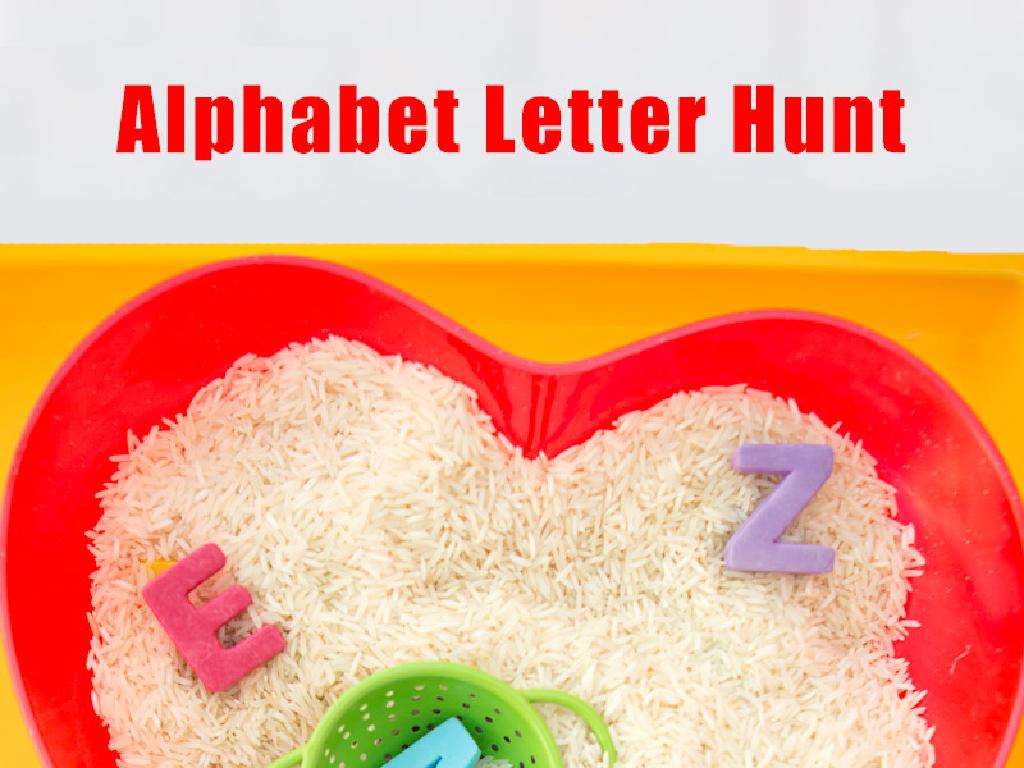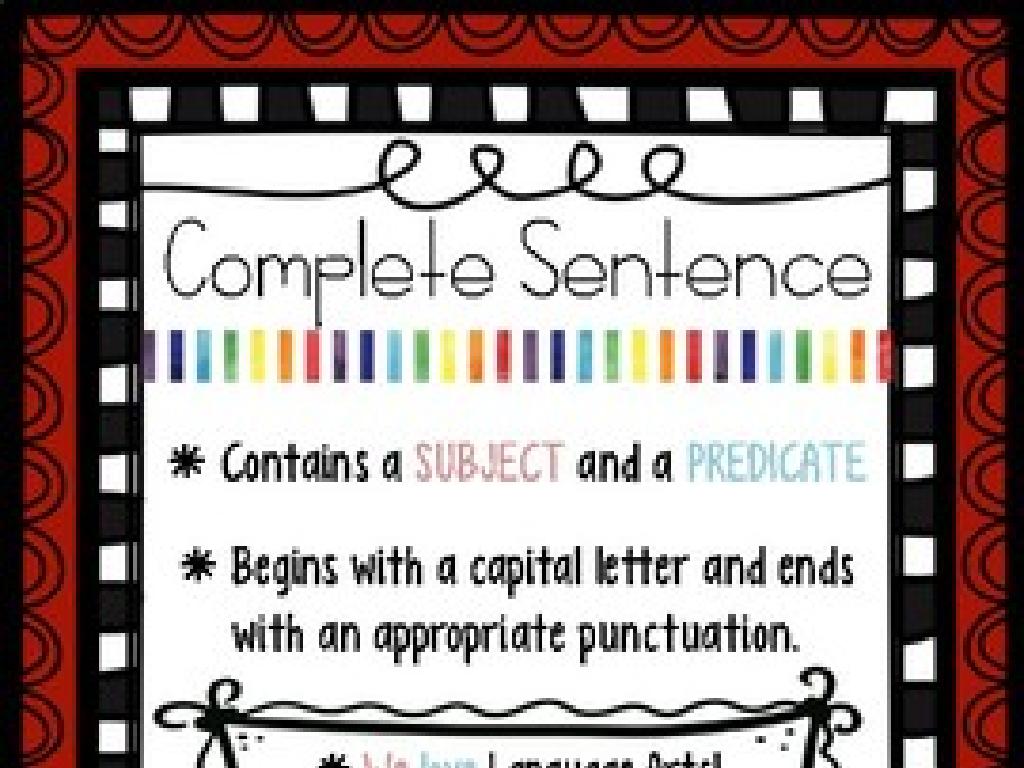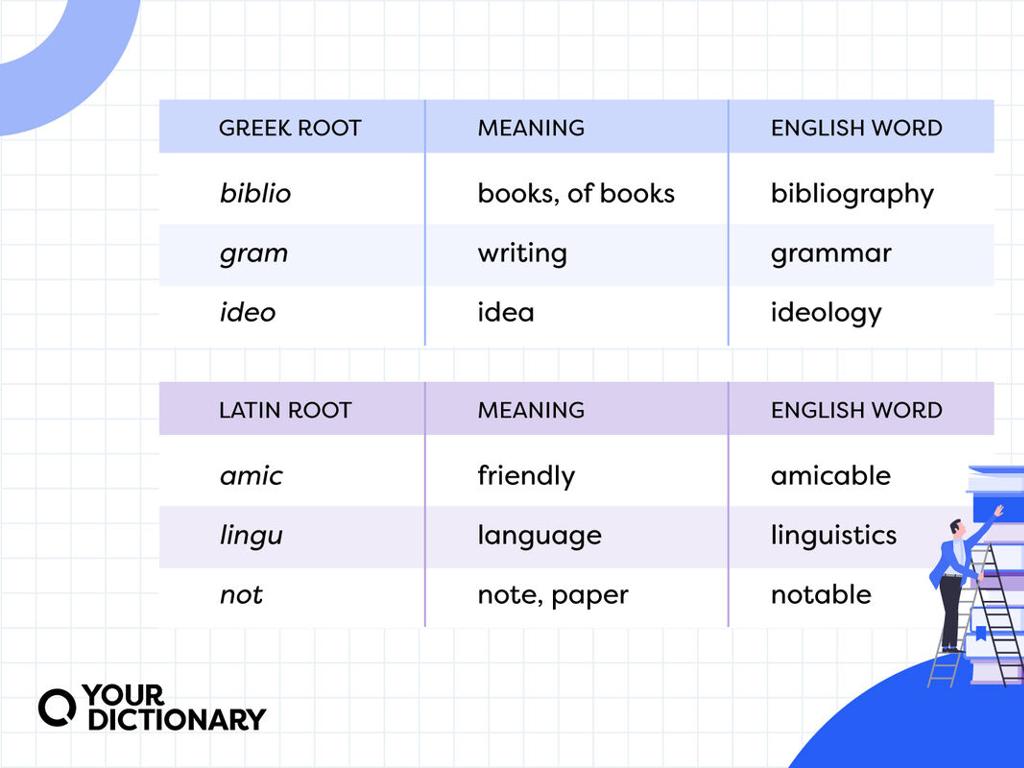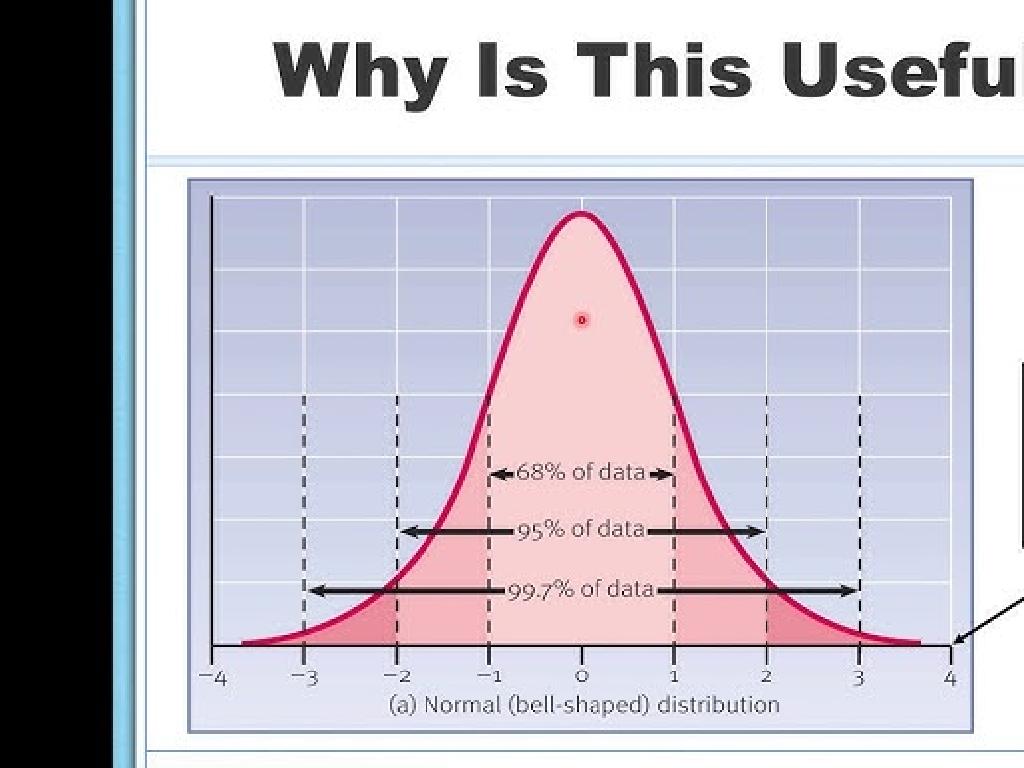The Middle Ages After 1100
Subject: Social studies
Grade: Sixth grade
Topic: Medieval Europe
Please LOG IN to download the presentation. Access is available to registered users only.
View More Content
Exploring Medieval Europe: The High Middle Ages
– The Middle Ages: A historic overview
– A period in European history from the fall of the Roman Empire to the Renaissance.
– Timeline: 500 AD to 1500 AD
– Medieval Europe spanned a millennium, marked by significant events.
– The High Middle Ages: Post-1100 AD
– A time of recovery, growth, and advancement in Europe.
– Societal and Cultural Growth
– This era saw the rise of universities, Gothic architecture, and the Crusades.
|
This slide introduces students to the broad span of the Middle Ages, setting the stage for a deeper dive into the period after 1100 AD, known as the High Middle Ages. It’s important to highlight the transformation from the early to the late Middle Ages, emphasizing the recovery and growth that characterized the era. Discuss the rise of educational institutions, architectural innovations, and the impact of the Crusades on European society. Encourage students to think about how these developments might have shaped the world they live in today.
Life in the Middle Ages: Society and the Church
– Feudalism: Social structure
– A system with kings, nobles, knights, and peasants
– Daily life across classes
– Nobles lived in manors, peasants worked the land
– Church’s societal role
– The Church was central to community life
– Impact on daily living
– Influenced laws, education, and beliefs
|
This slide aims to give students a clear picture of the societal structure during the Middle Ages after 1100, focusing on feudalism and the Church’s influence. Feudalism was the dominant social system, with a hierarchy from kings to peasants. Students should understand the roles and daily lives of different classes, such as the luxurious life of nobles versus the labor-intensive life of peasants. The Church played a pivotal role, often being the center of community life, influencing laws, education, and daily routines. Discuss how the Church’s power extended beyond spiritual guidance, affecting all aspects of medieval life. Encourage students to compare and contrast the social hierarchy of feudalism with modern-day social structures.
Knights and Castles in Medieval Europe
– Knights: Medieval Europe’s warriors
– Trained from a young age to fight and follow a code of chivalry
– Castles: Fortresses of defense and power
– Stone strongholds with moats, drawbridges, and towers for protection
– Armor: Protecting knights in battle
– Chainmail and plate armor shielded knights from enemy blows
– Weapons: Tools for medieval combat
– Swords, lances, and bows were common in a knight’s arsenal
|
This slide introduces students to the concept of knights and castles during the Middle Ages after 1100, focusing on their roles, lifestyles, and the military aspects of the era. Knights were esteemed warriors who followed a strict code of conduct known as chivalry. Castles served as fortified structures for nobility, providing defense against invaders and symbolizing power. Armor, including chainmail and plate armor, was essential for a knight’s protection in warfare. Weapons such as swords, lances, and bows were part of the knight’s equipment, used in battles and tournaments. Encourage students to explore how the design of castles and the development of armor and weapons evolved over time in response to changing warfare tactics.
Exploring Medieval Culture
– Art, literature, and music heritage
– Frescoes, illuminated manuscripts, and Gregorian chants
– Medieval festivals and entertainment
– Tournaments, feasts, and mystery plays
– Storytelling in the Middle Ages
– Stories conveyed morals, history, and legends
– Oral tradition’s role
|
This slide aims to give students a glimpse into the rich cultural tapestry of the Middle Ages. Discuss how art, literature, and music were not only forms of expression but also a means of documenting history and spreading religious messages. Highlight the social aspect of medieval life through festivals and games, which were significant for entertainment and community bonding. Emphasize the importance of storytelling and oral tradition in preserving and passing down knowledge and traditions in a time when many people couldn’t read or write. Encourage students to think about how these cultural elements compare to today’s forms of entertainment and information sharing.
The Crusades: A Turning Point in Medieval History
– Understanding the Crusades
– A series of religious wars between Christians and Muslims
– Crusades’ impact on Europe & Middle East
– Shifted power, led to economic & cultural changes
– Cultural exchanges during Crusades
– Knowledge, art, and ideas were shared
– Trade expansion post-Crusades
– Trade routes opened, new goods introduced
|
The Crusades were a series of religious wars initiated, supported, and sometimes directed by the Latin Church in the medieval period. The most commonly known Crusades were the campaigns in the Eastern Mediterranean aimed at recovering the Holy Land from Muslim rule. The Crusades had a profound impact on Western Europe and the Middle East, leading to significant economic, cultural, and social changes. They facilitated cultural exchanges and the transfer of knowledge between the Islamic and Western worlds, and they also led to the expansion of trade routes and the introduction of new goods and ideas into Europe. This slide will help students understand the complexity of the Crusades and their long-lasting effects on history.
The Black Death: A Medieval Pandemic
– What was the Black Death?
– A devastating global epidemic that struck Europe in 1347.
– Impact on population and society
– It caused massive population decline and social upheaval.
– Societal changes post-plague
– Shifts in economy, workforce, and social structure.
– Understanding the aftermath
|
The Black Death was one of the most catastrophic pandemics in human history, arriving in Europe in 1347 and causing widespread mortality. This slide will explore the nature of the Black Death, its effects on the medieval population, and the profound changes it brought to society. Students should understand the scale of the pandemic and its role as a catalyst for significant social and economic transformation. The aftermath of the plague led to a reshaped Europe with changes in labor, land distribution, and a shift towards modernity. Encourage students to think about how such a significant event could lead to both tragedy and transformation.
The Hundred Years’ War: A Medieval Struggle
– Origins of the Hundred Years’ War
– Conflict over English claims to French throne sparked the war
– Key battles and pivotal moments
– Battles like Agincourt shifted power; Joan of Arc’s role was crucial
– War’s impact on European society
– War led to political changes and social unrest in Europe
– Understanding the war’s legacy
– The war influenced modern borders and national identities
|
This slide aims to provide an overview of the Hundred Years’ War, focusing on its causes, major battles, and consequences. The war began due to disputes over rightful claims to the French throne and involved numerous battles, including the famous Battle of Agincourt. Joan of Arc’s involvement was a significant turning point. The war’s end saw shifts in power, leading to political and social changes that shaped the future of Europe. Discuss how the war influenced the development of national identities and modern borders. Encourage students to reflect on the lasting effects of the war on European history.
Living History: Experience Medieval Life
– Role-play different social classes
– You might be a knight, peasant, or merchant
– Discuss life in the Middle Ages
– Imagine daily life, challenges, and privileges
– Write a medieval diary entry
– Express your character’s thoughts and experiences
– Reflect on the roles and share
– How did it feel to step into another’s shoes?
|
This class activity is designed to immerse students in the social structure and daily life of the Middle Ages. By role-playing, students will gain a deeper understanding of the different social classes and their roles in medieval society. Encourage students to think critically about how life would differ from today and to express these differences in a creative diary entry. After the role-play and writing, facilitate a discussion for students to share their insights and reflect on their experiences. Possible roles include knights, peasants, merchants, or nobles. This activity will help students empathize with people from the past and recognize the complexities of medieval life.






